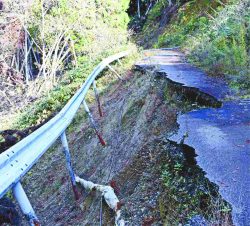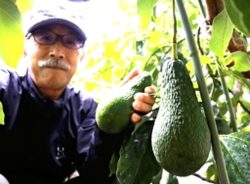November 23, 2021
Struggling with a shortage of experienced child welfare officers, local governments across the nation are increasingly using artificial intelligence to help determine whether a child should be taken into custody due to suspected abuse.
Temporary protective custody is imposed under the Child Welfare Law to remove children from parents who are suspected of abuse, both to ensure the children’s safety and ascertain their physical condition and the family environment.
Attempts to take children into custody often meet with resistance from parents or other guardians.
In Tokyo, Edogawa Ward’s child consultation center plans to test an AI-based system starting in January. The AI in the system has learned about 20,000 past cases of child abuse and delinquency in the ward, and will display the “temporary custody rate” for similar cases when an official enters such information as the family environment, injuries and the findings from interviews.
The child consultation center opened in April last year and had 45 certified child welfare officers to handle child abuse cases as of the end of October. However, more than 90% of them have five years or less of experience.
Last fiscal year, the center decided to put children into temporary protective custody 343 times. At meetings where the outcome has a direct impact on the lives of children, decisions are based on the experience and opinions of the center’s officials.
“Final responsibility rests with us,” said Kaori Kosaka, a section chief at the center. “But the AI system is like having another veteran officer to help, with its thorough knowledge of extensive records from the past.”
There have been multiple cases in which children died after strong measures such as temporary protective custody were not taken because child consultation centers or local governments did not fully realize the risk of abuse.
The central government is working to significantly increase the number of certified child welfare officers. However, this means more inexperienced officers, and securing experienced personnel has become a vital issue.
According to the Health, Labor and Welfare Ministry, the number of certified child welfare officers with no more than five years’ experience accounted for about 68% of all such officers as of April this year.
The ministry also plans to utilize AI to prevent child abuse, with the aim of launching a nationwide system in fiscal 2024.
Some local governments, which deal with child abuse cases on a daily basis, already have such efforts underway.
Hiroshima Prefecture, for example, is exploring the use of AI to detect signs of child abuse. In the designated municipalities, an AI-based system will predict the possibility of child abuse based on information including child-rearing benefits, welfare payments and school attendance. The municipalities will take such measures as home visits for children who are judged to be at high risk.
"Society" POPULAR ARTICLE
-

M4.9 Earthquake Hits Tokyo, Neighboring Prefectures
-

Israeli Tourists Refused Accommodation at Hotel in Japan’s Nagano Pref., Prompting Protest by Israeli Embassy and Probe by Prefecture
-

M7.5 Earthquake Hits Northern Japan; Tsunami Waves Observed in Hokkaido, Aomori and Iwate Prefectures
-

Tsukiji Market Urges Tourists to Avoid Visiting in Year-End
-

M5.7 Earthquake Hits Japan’s Kumamoto Pref., Measuring Upper 5 Intensity, No Tsunami Expected
JN ACCESS RANKING
-

Tokyo Economic Security Forum to Hold Inaugural Meeting Amid Tense Global Environment
-

Keidanren Chairman Yoshinobu Tsutsui Visits Kashiwazaki-Kariwa Nuclear Power Plant; Inspects New Emergency Safety System
-

Imports of Rare Earths from China Facing Delays, May Be Caused by Deterioration of Japan-China Relations
-

University of Tokyo Professor Discusses Japanese Economic Security in Interview Ahead of Forum
-

Japan Pulls out of Vietnam Nuclear Project, Complicating Hanoi’s Power Plans























